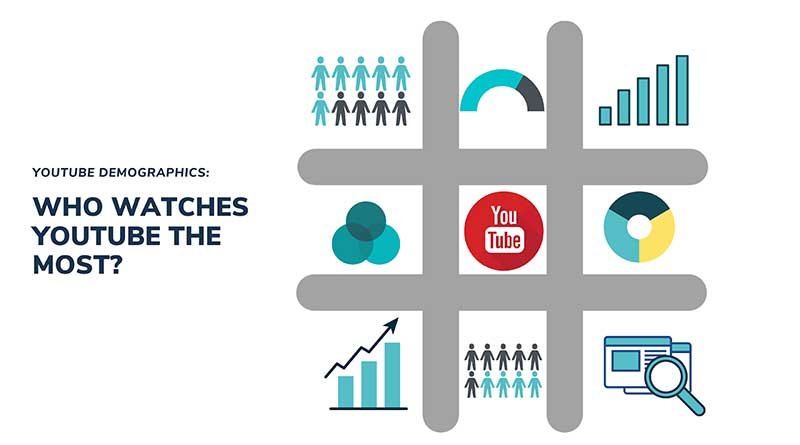Interactive Entertainment: The growth of interactive experiences in entertainment

In recent years, the landscape of entertainment has undergone a remarkable transformation, transitioning from passive consumption to interactive immersion. The rise of interactive experiences has revolutionized the way audiences engage with various forms of entertainment, ranging from gaming and streaming to theme parks and live events. This paradigm shift has not only altered the dynamics of the industry but has also significantly impacted consumer behavior and expectations. In this guide, we delve into the growth, evolution, and implications of interactive entertainment, exploring its multifaceted dimensions and future prospects.
The Evolution of Interactive Entertainment:
The roots of interactive entertainment UFABET can be traced back to early video games, where players were offered basic choices and control over the game narrative. As technology advanced, so did the complexity and interactivity of these experiences. The emergence of narrative-driven games like “The Oregon Trail” and “Zork” paved the way for storytelling within interactive mediums.
Fast forward to the present, and interactive entertainment has transcended traditional boundaries, encompassing a diverse array of platforms and genres. Video games have evolved into sprawling, cinematic experiences with rich narratives, branching storylines, and choices that impact the game world. Titles like “The Witcher 3: Wild Hunt” and “Red Dead Redemption 2” exemplify this fusion of storytelling and interactivity, offering players immersive worlds to explore and shape.
Furthermore, streaming platforms have redefined how audiences interact with content. Interactive films and series, such as Netflix’s “Bandersnatch” and “Black Mirror,” allow viewers to influence the storyline by making choices, blurring the line between passive watching and active participation.
The Impact on Consumer Engagement:
The allure of interactive entertainment lies in its ability to offer personalized and engaging experiences. Audiences no longer passively consume content; instead, they actively participate, making decisions that impact the outcome. This heightened level of engagement fosters a deeper emotional connection between the audience and the content, leading to increased immersion and attachment.
Moreover, the advent of virtual and augmented reality has opened new frontiers for interactive entertainment. VR gaming, immersive experiences, and AR-enhanced live events enable users to interact with digital elements in their physical surroundings, creating captivating and boundary-pushing encounters.
Industry Adaptation and Opportunities:
The entertainment industry has swiftly adapted to the demand for interactive experiences. Game developers, filmmakers, and content creators are leveraging advanced technologies and innovative storytelling techniques to craft compelling interactive content. Companies are investing in AI-driven algorithms to enhance personalized experiences, tailoring content based on user preferences and behaviors.
Additionally, theme parks and live events have embraced interactivity to provide visitors with immersive and memorable experiences. Interactive exhibits, augmented reality installations, and gamified attractions have become staples in these venues, appealing to a broader audience demographic.
Challenges and Future Trends:
Despite its exponential growth, interactive entertainment faces challenges, including technological limitations, development costs, and maintaining a delicate balance between narrative coherence and user choice. Striking the right equilibrium between interactivity and storytelling remains a constant challenge for creators.
Looking ahead, the future of interactive entertainment appears promising. Advancements in AI, augmented reality, and cloud gaming are poised to revolutionize the landscape further. Seamless integration of interactivity into various forms of entertainment, coupled with enhanced user experiences, will continue to drive the industry forward.
Conclusion:
The evolution of interactive entertainment has redefined the boundaries of traditional media, offering audiences unprecedented levels of engagement and immersion. From gaming to streaming and live experiences, the convergence of technology and storytelling has birthed a new era of entertainment.
As consumers increasingly seek dynamic and personalized experiences, the entertainment industry will continue to innovate, pushing the boundaries of interactivity. Embracing emerging technologies and leveraging creative storytelling will be pivotal in shaping the future of entertainment, where audiences not only consume content but actively participate in its creation and evolution. Interactive entertainment isn’t merely a trend; it’s a paradigm shift that has become an integral part of the ever-evolving entertainment landscape.
Follow Us
Latest Post
















